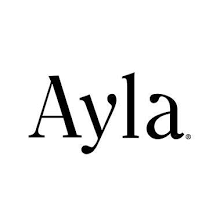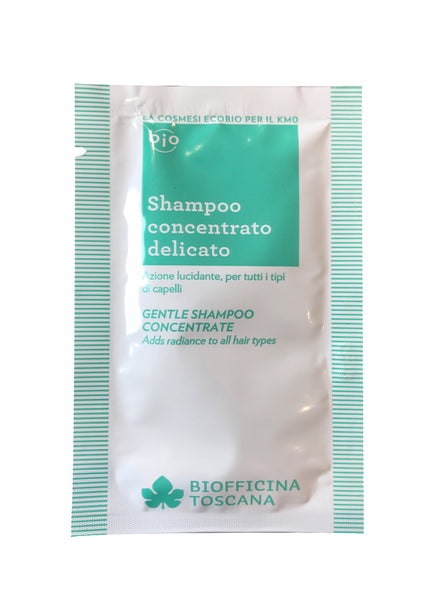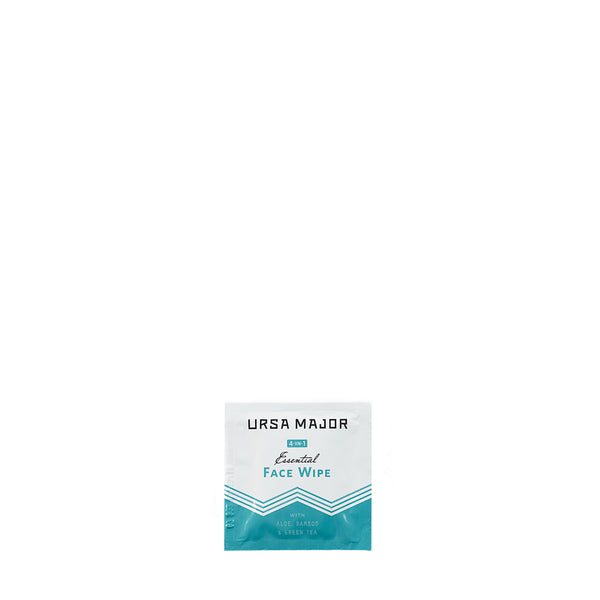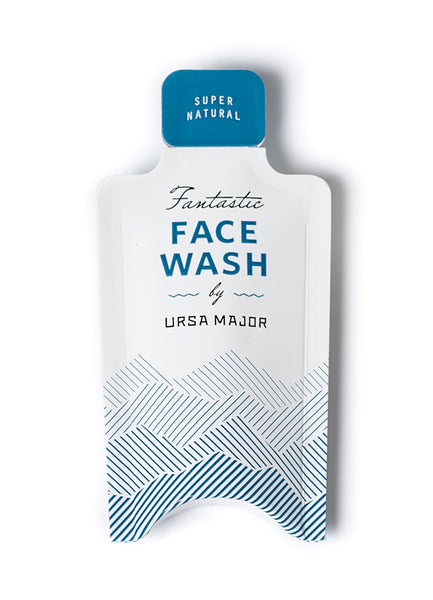Recent Articles

Sometimes we love digging into a topic that one might think of as basic, but really isn’t. And moisturization is a particular favorite. Because here’s a fun fact: there’s no clear consensus among experts even on the simple definition of the word “moisturizer,” since most have both hydrating and moisturizing properties (as they should; the skin needs both of these things). No wonder it’s all a little unclear.
But, as a general and generally-accepted shorthand, we can think of hydration and moisturization like this:
HYDRATION
Hydration refers to the process of improving the water content of our skin. Typically, we do this with toners, essences, or serums containing ingredients called humectants (our wonderful friend, Dr. Pedro Catalá, shares a list of them here), which draw water from the air and/or deeper levels of the epidermis and dermis to fill in where they’re needed most. And yes, drinking more water will help to some extent, but it can’t do it all.
Skin that is dehydrated, or lacking water-based hydration, typically shows more fine lines, feels tight, and lacks a glow. With more hydration, skin reflects more light, looks pleasantly plump, and — importantly — can more effectively absorb nutrients and active ingredients you apply to it. Imagine a sponge: one that is wet with an appropriate amount of water just works better.
MOISTURIZATION
Moisturization refers to the process of sealing in hydration to prevent excessive water loss (which many refer to as transepidermal water loss, or TEWL) and improve the health of skin’s barrier. Typically, we do this with richer products like creams, oils, and balms that highlight lipids, oils, fatty acids, fatty alcohols, and to a lesser extent, proteins.
Skin that is dry, or lacking oil, typically looks flaky, dry, and/or red. Moisturizing gives skin’s barrier the chance to rest and recover — and a healthy barrier is what will lead to lasting improvement in both hydration and moisture over time.
OK, but...
Here’s where it gets interesting: there is a fair amount of crossover between the two categories. Many hydrating products also moisturize, and vice versa, especially in the case of lotions, gel-creams, and creams. And this makes sense: skin really needs both. This is why we don’t suggest just applying plain water, or even a solo humectant like hyaluronic acid, to our skin on its own — it needs the help of a moisturizing ingredient to seal it in. (You can think of it almost like creating a water cycle within the layers of your skin.)
Likewise, if you’re applying a plain oil to dry skin without ensuring that it’s adequately hydrated first, you’re effectively “sealing in” your dehydrated skin, and it may end up looking greasy yet feeling dry at the same time, which is always a bummer.
So, how do you sort through it all?
As you’re putting together your skincare routine, think about getting a combination of hydrating and moisturizing ingredients involved. Also remember that it’s hard for lighter, watery textures to pass through thicker, oily textures, so generally, apply those lighter ones first.
And as far as hydration and moisture are concerned, remember that you are truly your own best expert. It’s all about how your skin looks and feels, and no one understands that better than you do.
But this, to us, is key: it all starts with hydration
Sometimes it can still be hard to know exactly what you need (more water, more oil, or an even mix of both). So here is our top tip of the day:
One of the things we’ve noticed over the past twelve years is that a common default, when experiencing either dryness or dehydration, is to reach for a rich cream or oil. But, while rich creams and oils might be helpful in some cases, hydration is the one thing that nearly everyone we’ve seen could use more of.
This is why our Sea Serum was designed to be hydration-forward — but with moisturizing ingredients that help gently seal in that hydration, too. On the ingredient list, you’ll see a multi-dimensional blend of humectants (hyaluronic acid, propanediol, glycerin, red seaweed) along with an amino acid (polyglutamic acid) to help skin hang onto hydration, and a non-clogging, skin-identical, moisturizing lipid (squalane) to further lock it all in. So you can use it under any cream or oil, or — if you’re in a very hot, humid place — it may be all you need sometimes. Under your sunscreen, of course.
This is also why the first thing almost everyone notices when they use it is that their skin’s hydration and moisture levels finally feel right, and skin feels softer and smoother as a result. It’s also why everyone then notices improvement in other ways — brightening, firming, clarifying — because, with well hydrated, well moisturized skin, all the other goodies in the formula can really get to work.
Looking for a little more product guidance? Check out our follow-up post, where we share lists of our top picks for hydration and moisture, in order from lightest to richest.


















